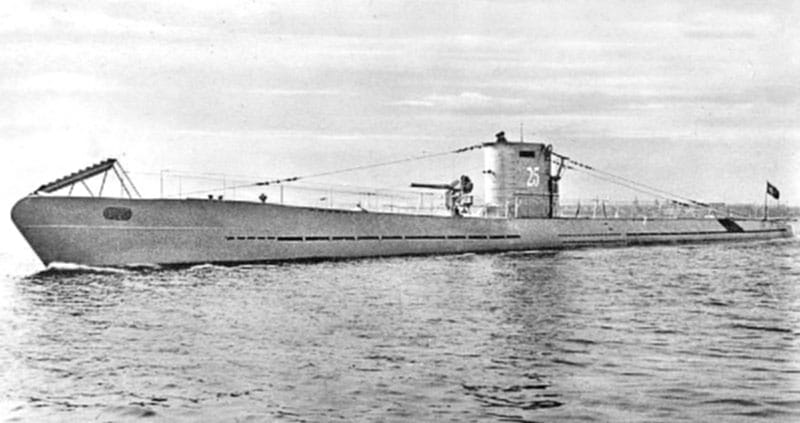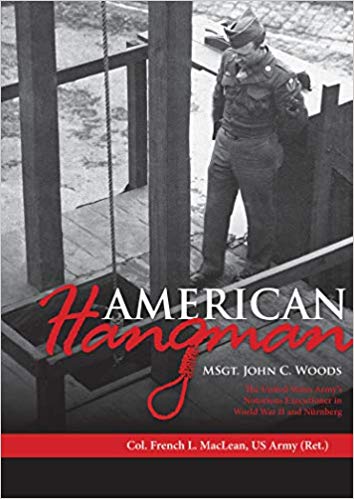On August 1, 1940 the U-25 departed Wilhelmshaven; once again, it was bound for the North Atlantic. What happened next was a mystery. Because of recent enemy activity the B.d.U. considered the northern U-boat transit route through the North Sea was dangerous. Therefore, the U-25 (and three other U-boats as well) was ordered to use a more southerly route.
But the German calculations were incomplete. On March 3, 1940 the British destroyers HMS Express, HMS Esk, HMS Icarus and HMS Impulsive had laid Mine Barrage Field No. 7 over Route 1. By August 3 two U-boats had safely passed through Route 1, but no reports had been received from the U-25. German patrol aircraft reported one new and one older patch of oil in Route 1, an ominous sign. The pilots also reported mine-like objects in the water near the fresh oil patch, another gloomy note. The U-25 never reported and her demise claimed the entire crew.
Did she strike a British mine, or did mechanical problems cause a catastrophic pressure hull failure? No one would ever know, but she probably met her end on August 3, 1940 north of the Frisian Islands. German authorities found the body of twenty-year-old Mechanikergefreiter Alfred Magermanns washed ashore at Helgoland on August 19, 1940. The young man from Nürnberg was buried at the military cemetery at Wilhelmshaven. The other crewmen were never found. (Dönitz’s Crews: Germany’s U-Boat Sailors in World War II)
**********
Anthony J. Gibilante, Army buddy of John C. Woods, died on August 3, 1999 in Abington, Pennsylvania. He is buried at the St. John Neumann Cemetery in Chalfont, Pennsylvania. (American Hangman: MSgt. John C. Woods, The United States Army’s Notorious Executioner in World War II and Nürnberg)

